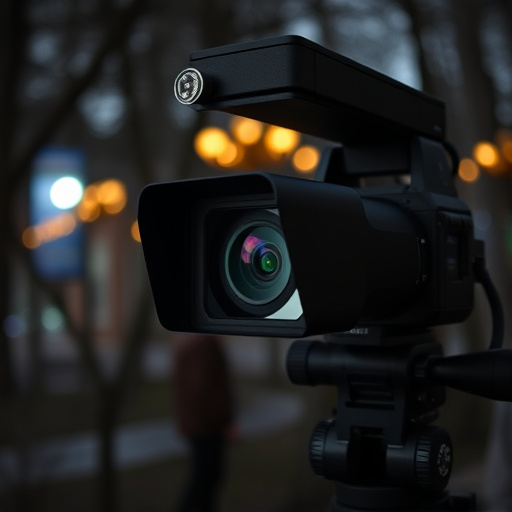Wireless spy cameras, disguised as everyday items, offer real-time live phone viewing through internet or local network connections. High-privacy areas are common targets for unauthorized surveillance. Regular security reviews and checks are essential. Legal considerations, including two-party consent laws, must be understood to avoid fines and imprisonment. Users should check local laws, ensure authorization, and foster transparency to stay within legal boundaries.
Uncover hidden threats with our comprehensive guide on covert recording spot identification. In today’s digital age, understanding wireless spy camera technology is paramount. We demystify this sophisticated equipment and provide strategies for identifying potential spots where these devices might be concealed. Furthermore, we navigate the legal landscape surrounding live phone viewing, ensuring you remain within ethical and regulatory boundaries. Equip yourself with knowledge to protect your privacy and security in an era of heightened digital awareness.
- Understanding Wireless Spy Camera Technology
- Identifying Potential Covert Recording Spots
- Legal Considerations for Live Phone Viewing
Understanding Wireless Spy Camera Technology
Wireless spy camera technology has evolved significantly, offering a range of advanced features that make it increasingly difficult to detect. These devices, often referred to as wireless hidden cameras or surveillance cameras, utilize real-time live phone viewing capabilities, allowing users to monitor activities remotely via their mobile devices. The technology typically involves a compact camera unit connected to a transmitter, which then transmits video and audio signals wirelessly over the internet or a local network.
This method enables covert recording by integrating seamlessly into everyday objects like clocks, pens, or even light bulbs, making it nearly impossible for subjects to know they are being watched. With just a few simple steps, users can set up these cameras to stream live footage, providing instant access to remote locations and offering unparalleled convenience for surveillance needs.
Identifying Potential Covert Recording Spots
Identifying potential covert recording spots is a crucial first step in mitigating unauthorized surveillance, especially when dealing with wireless spy cameras. These devices can be hidden in plain sight and often use sophisticated methods to capture data discreetly. One common tactic is to disguise them as everyday objects like smoke detectors, light switches, or even plant pots. They may also take the form of wearable items such as watches or lapel pins, making them nearly impossible to detect without thorough inspection.
When it comes to potential spots, paying close attention to areas with high privacy value and limited supervision is key. This could include offices, conference rooms, bedrooms, and even public spaces like retail stores or restaurants. Wireless Spy Cameras can be remotely accessed via Live Phone Viewing, enabling the user to monitor activities from afar. Regularly reviewing security footage and conducting routine checks for any signs of these devices are essential practices for maintaining a secure environment.
Legal Considerations for Live Phone Viewing
When utilizing wireless spy camera technology for live phone viewing, it’s crucial to understand the legal considerations involved. In many jurisdictions, covert recording of conversations or activities without explicit consent is illegal and can lead to severe penalties, including fines and imprisonment. The rules vary significantly from country to country, with some having stricter privacy laws than others. For instance, in the United States, two-party consent laws dictate that all parties to a conversation must be aware that it’s being recorded. This means that using a wireless spy camera for live phone viewing without the knowledge of one or both individuals could constitute a breach of privacy and be considered illegal.
In light of these legal constraints, users should always ensure they have authorization or reasonable suspicion before employing such methods. It’s important to check local laws and regulations to avoid potential legal pitfalls. Additionally, being transparent about the use of live phone viewing technology can foster trust and protect against unintended legal consequences. This includes informing all involved parties that a recording is taking place, ensuring it aligns with the legal frameworks governing surveillance and privacy in your specific region.
The covert recording spot identification methods discussed in this guide, coupled with an understanding of wireless spy camera technology and legal considerations for live phone viewing, empower individuals to protect their privacy effectively. By being aware of potential hidden cameras and the tools to identify them, you can take proactive steps to safeguard your personal and professional spaces from surveillance. Remember that knowledge is key when it comes to defending your digital and physical well-being in today’s tech-driven world.
